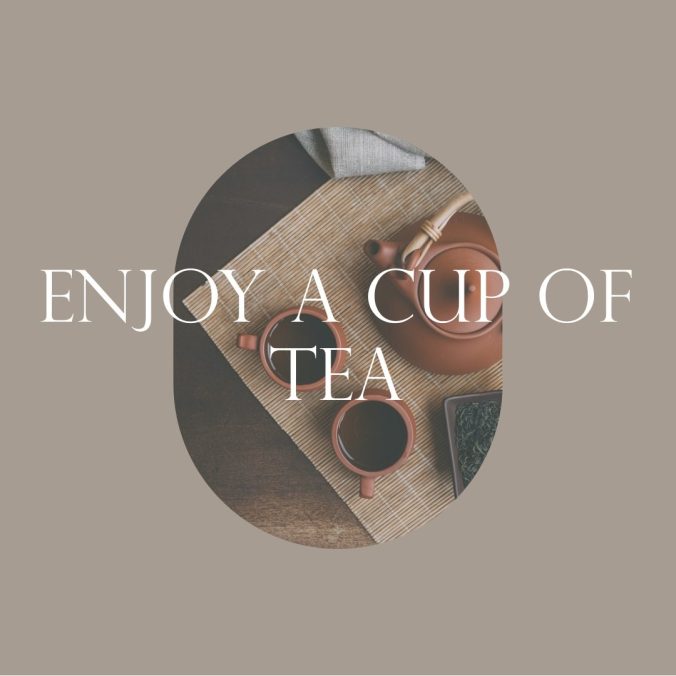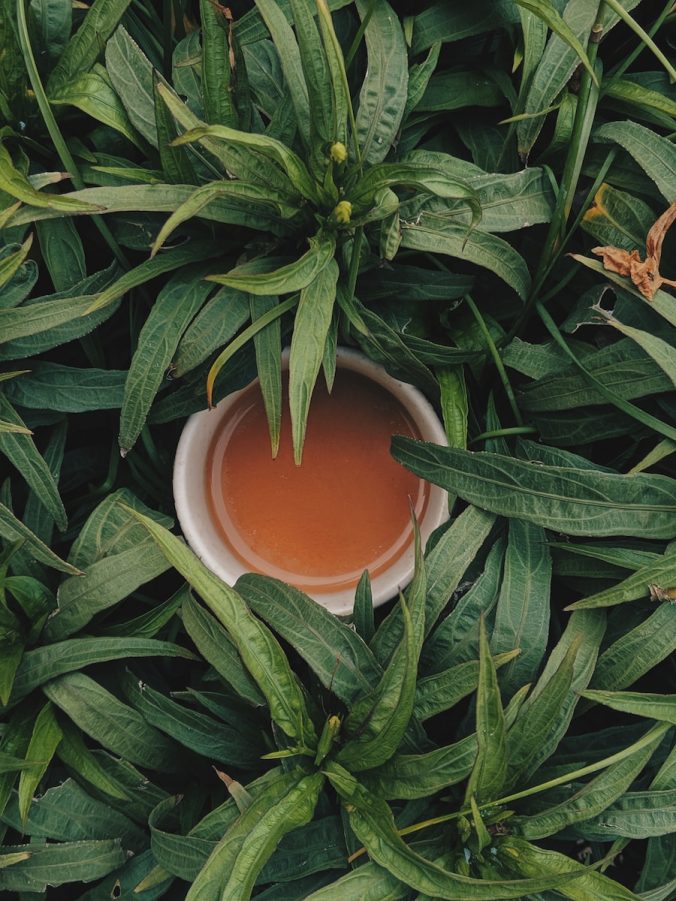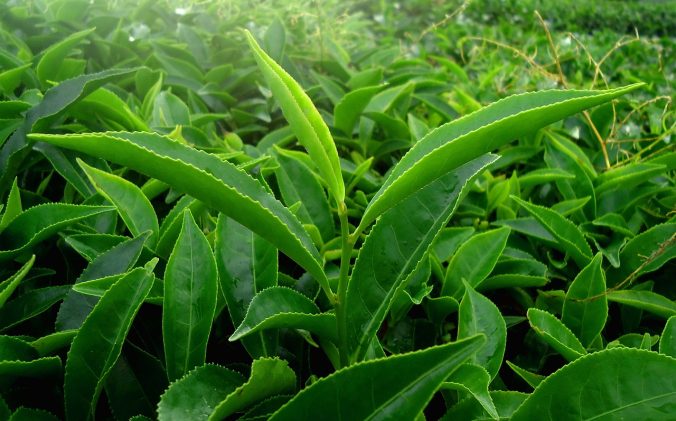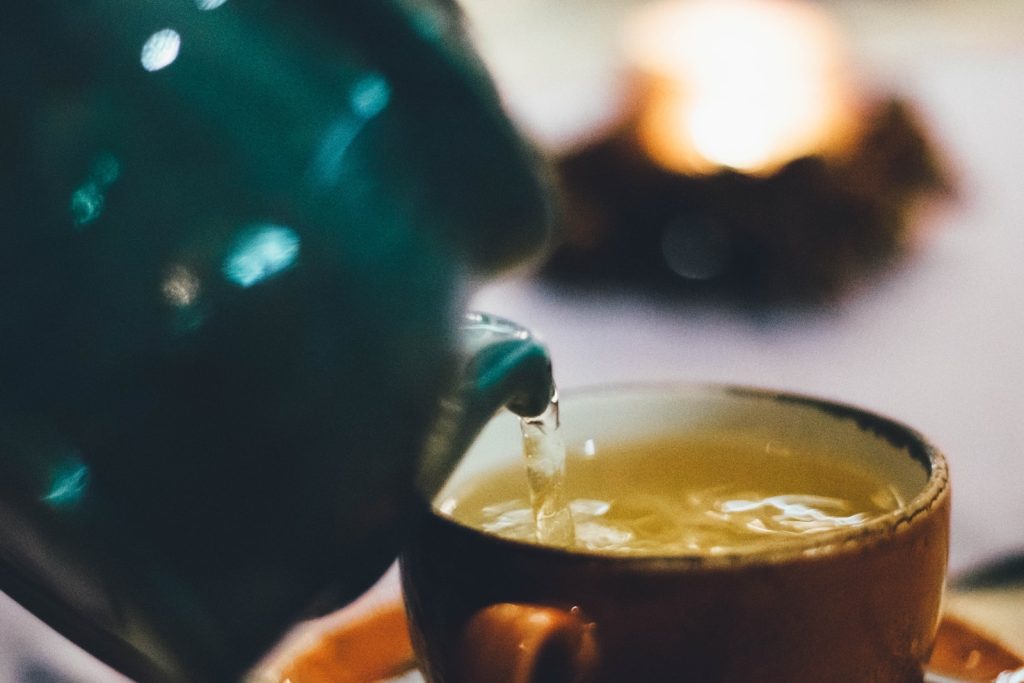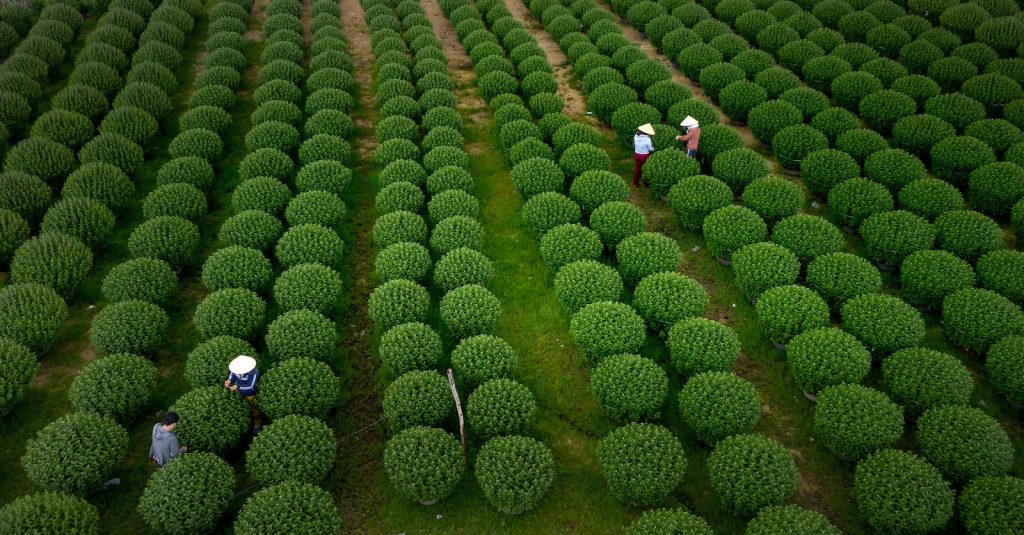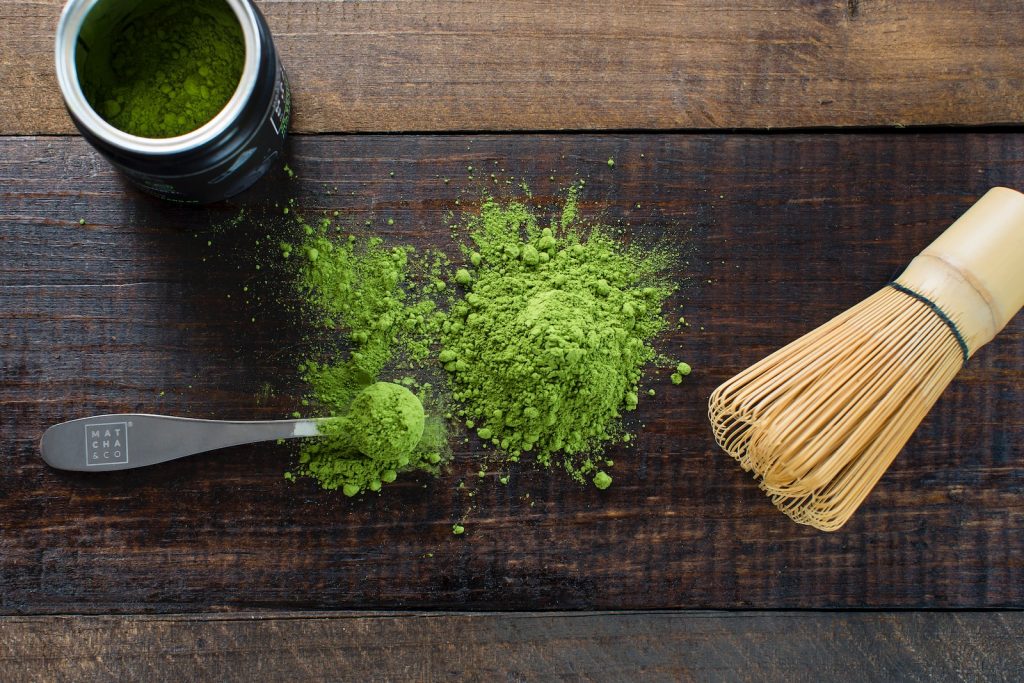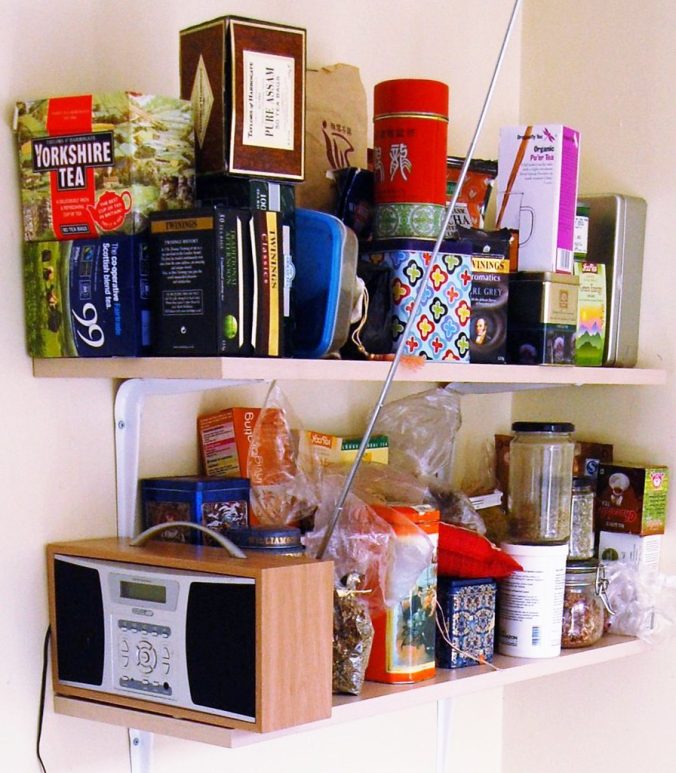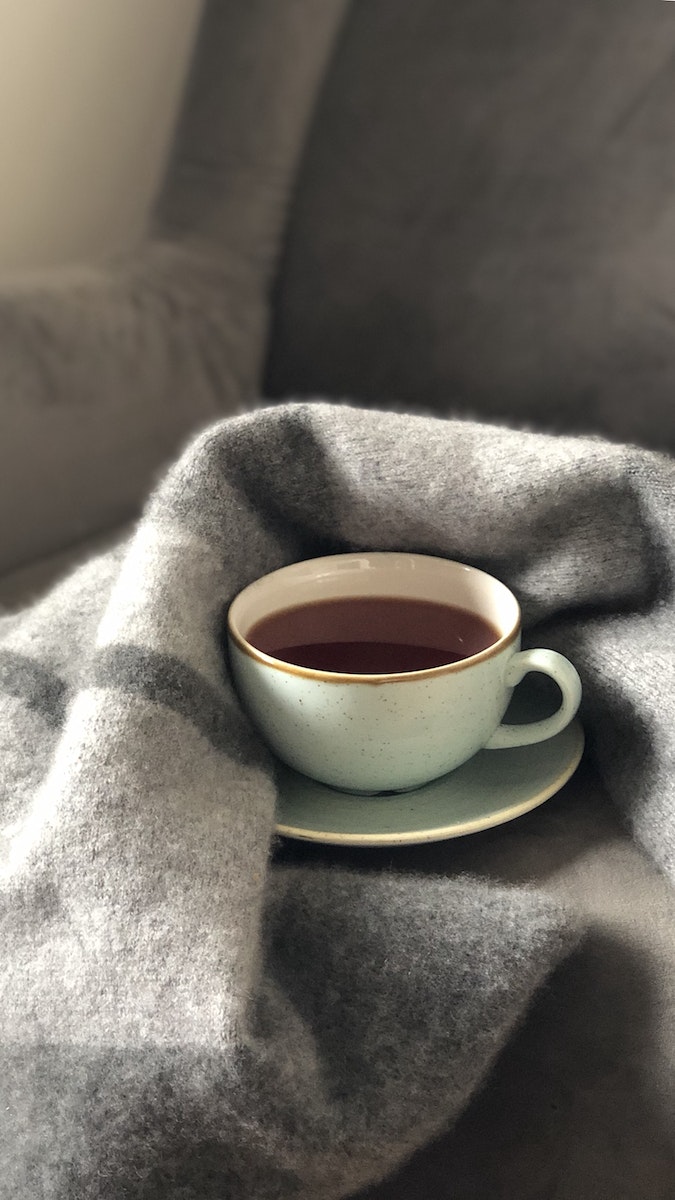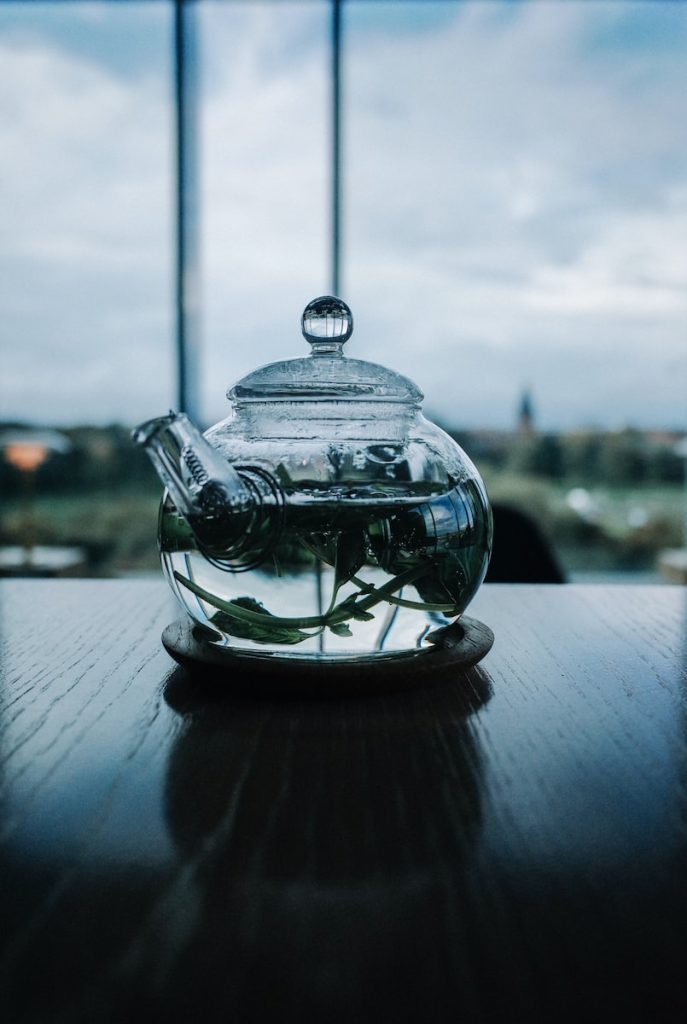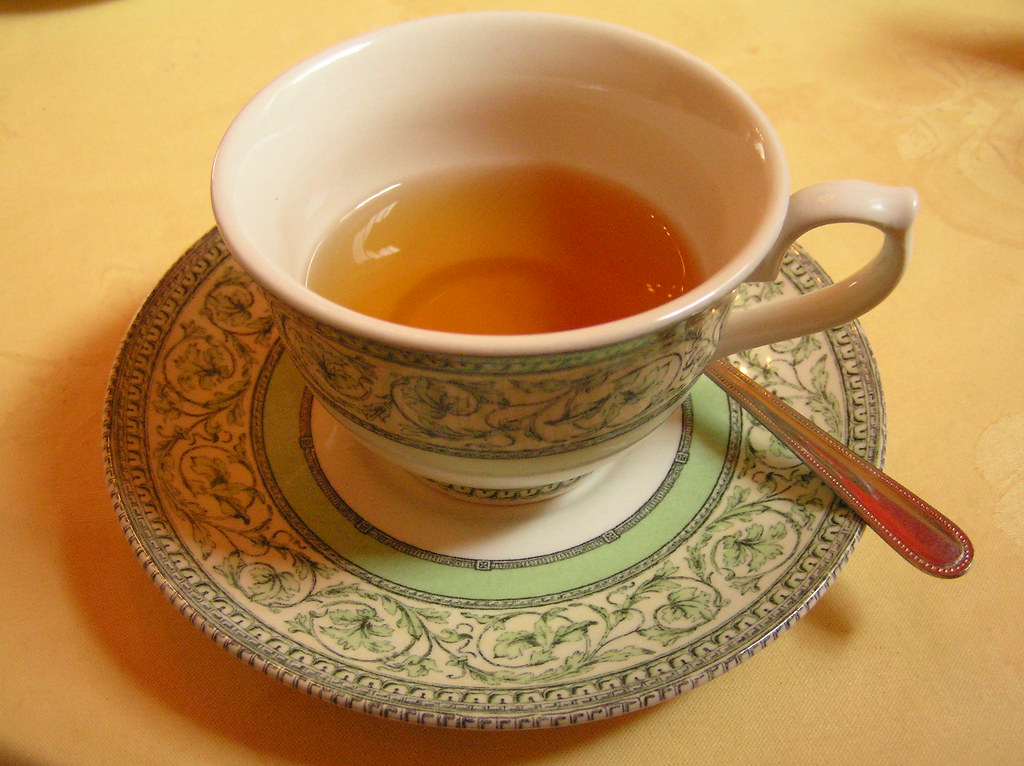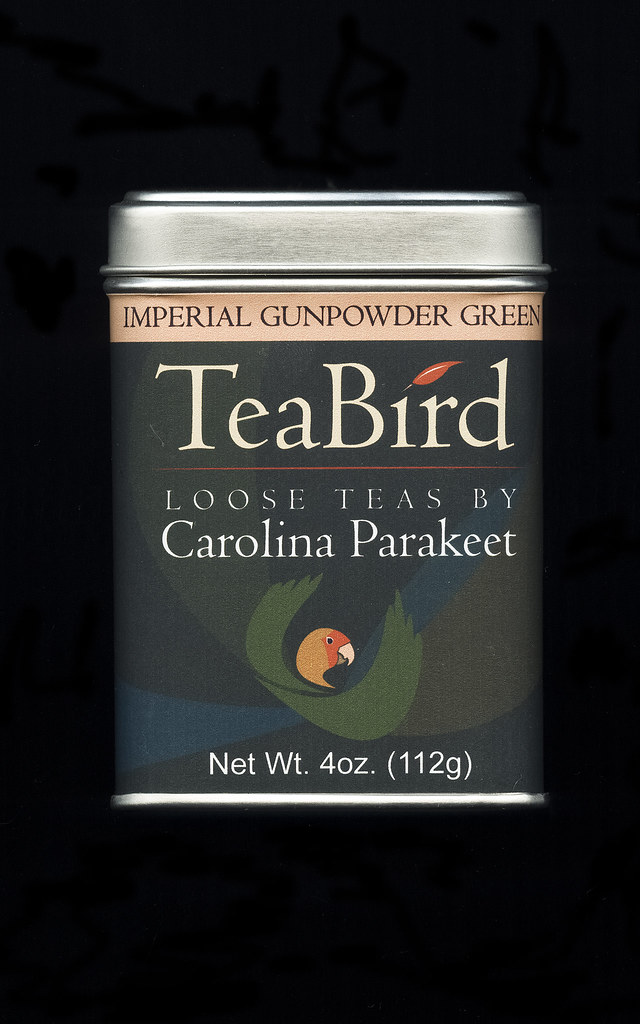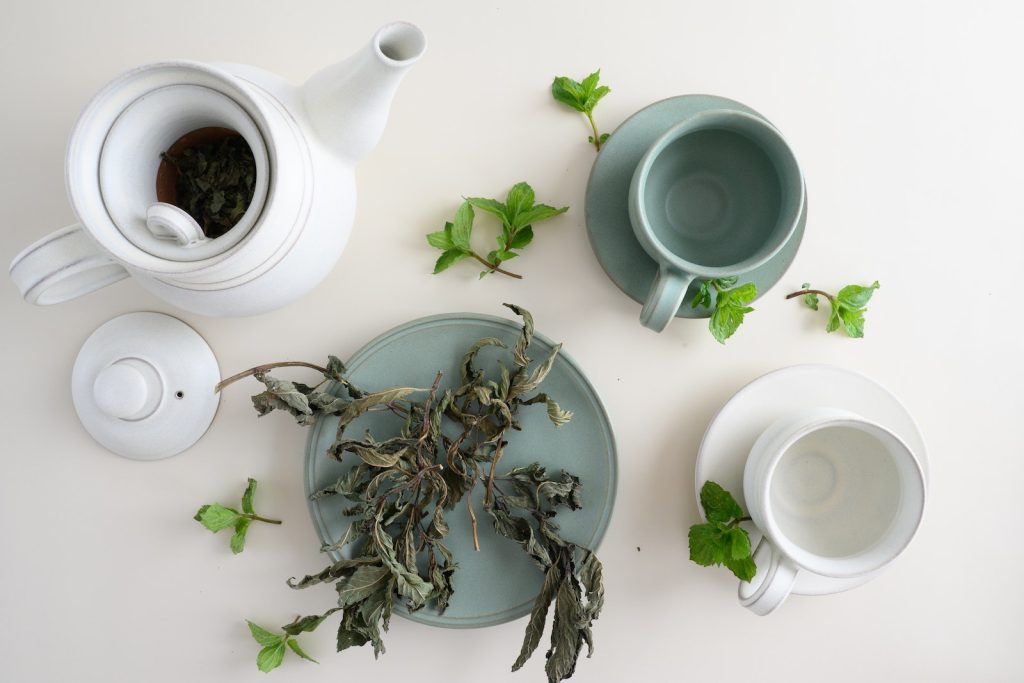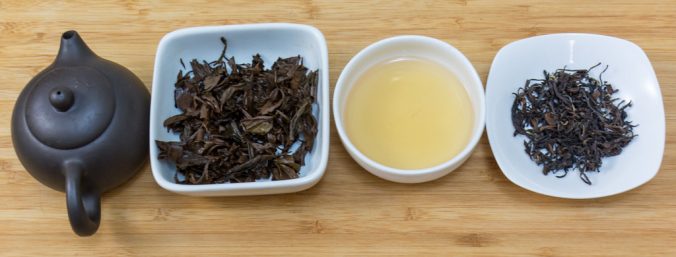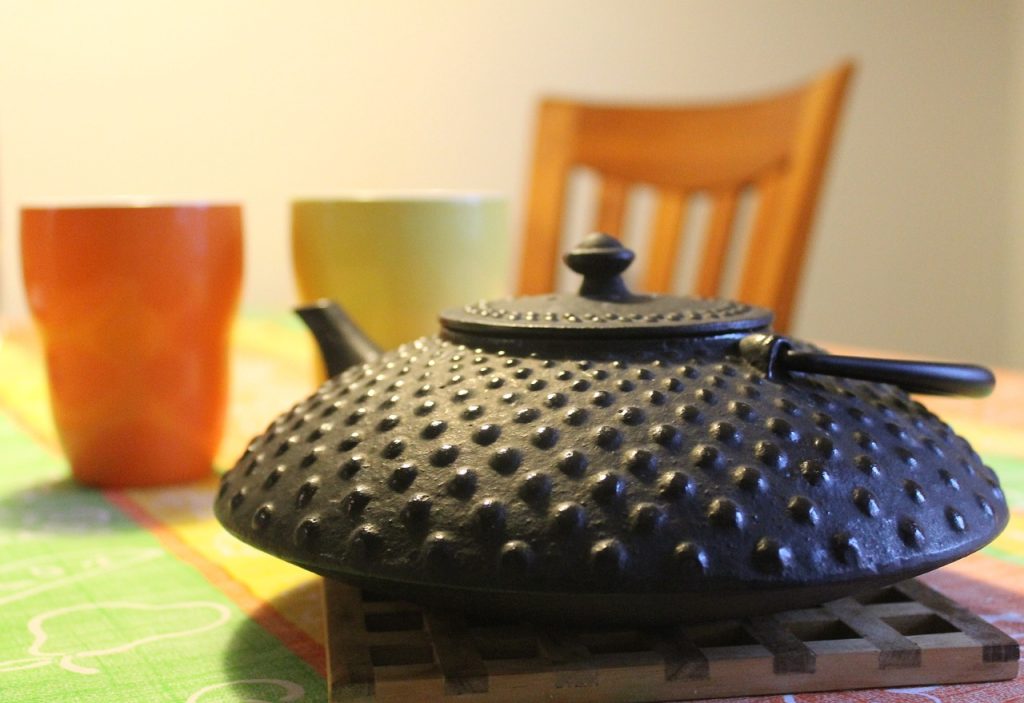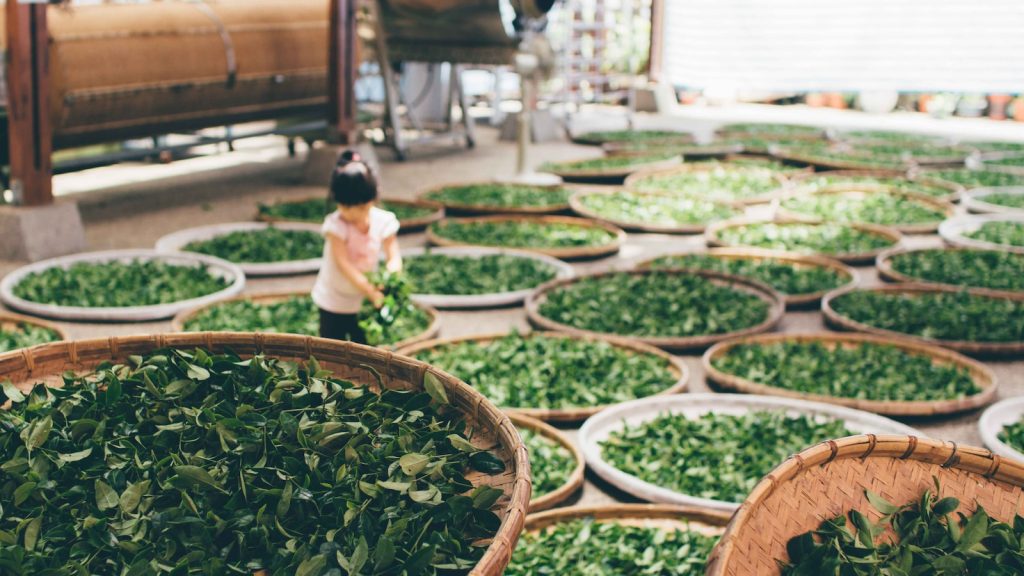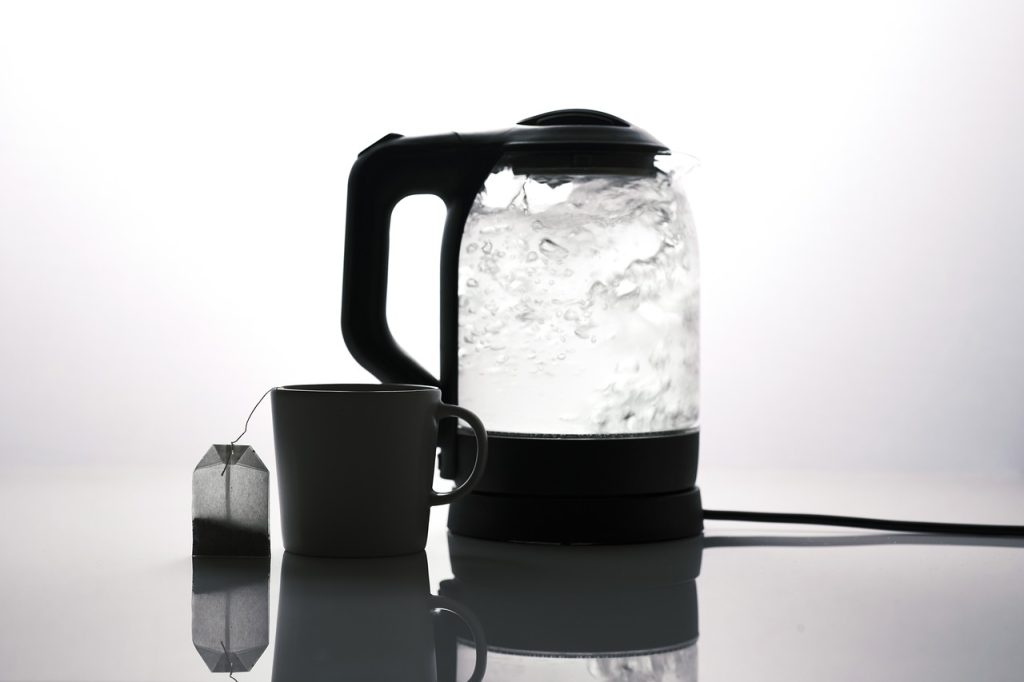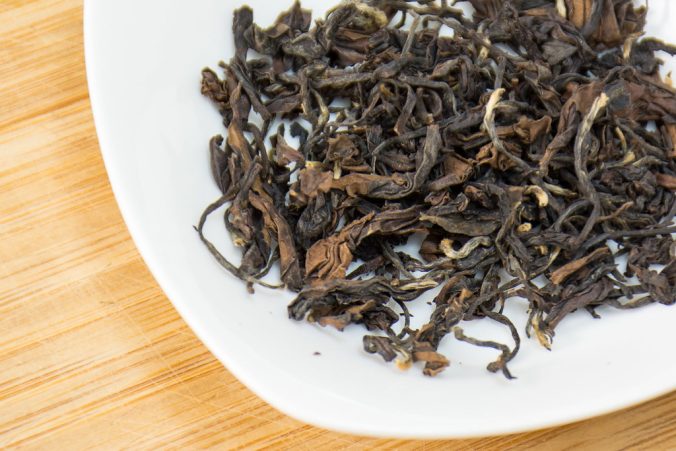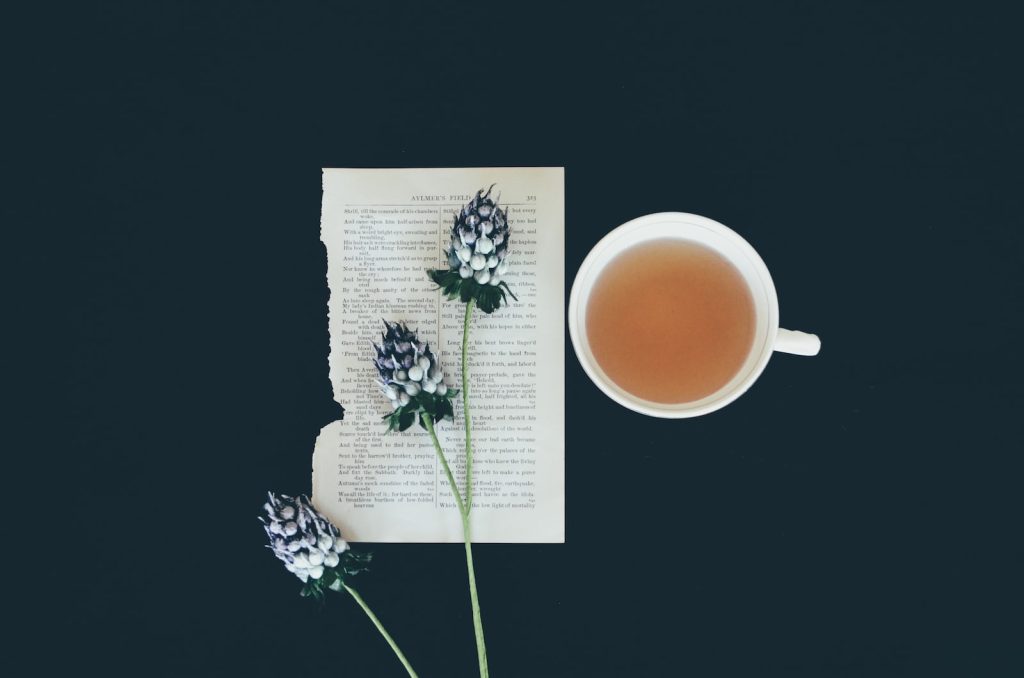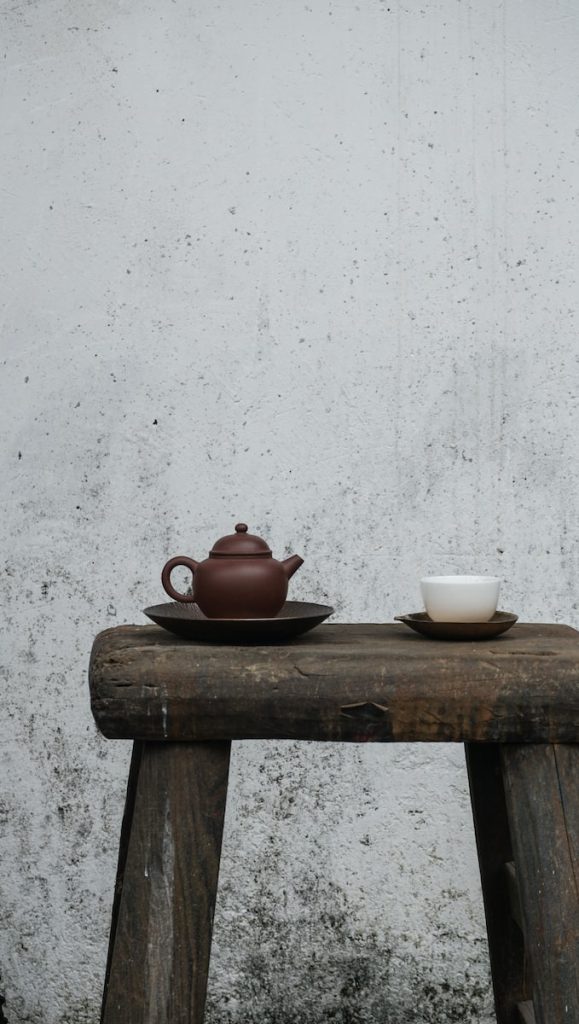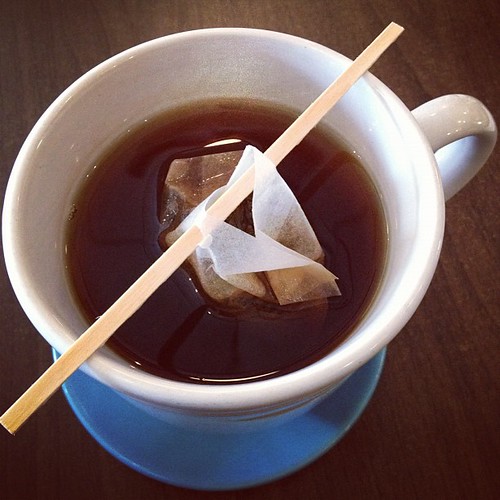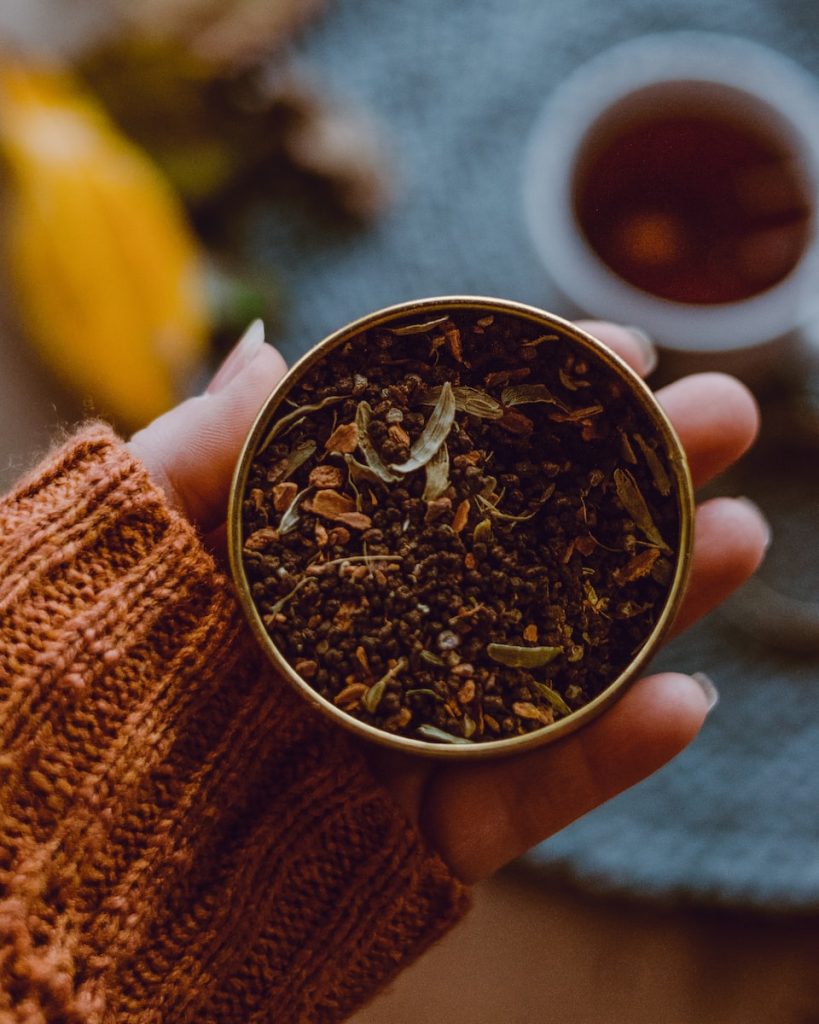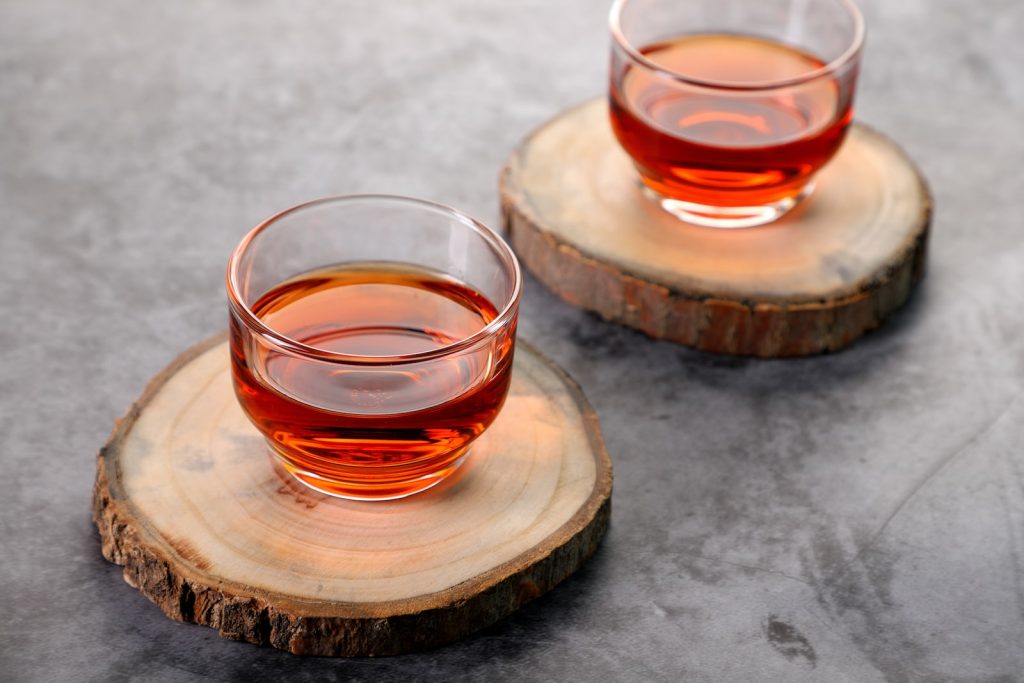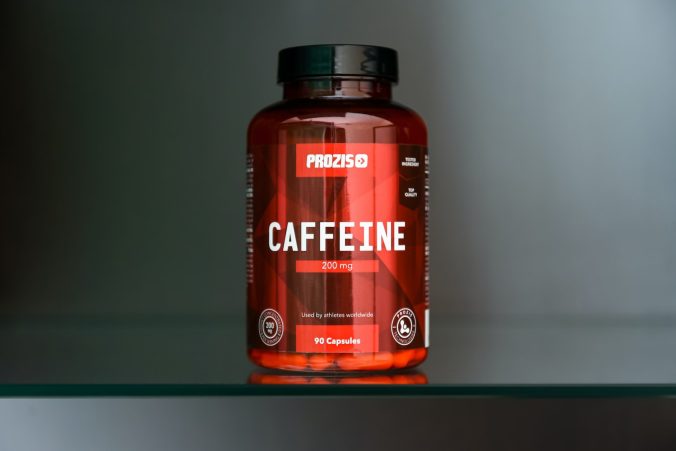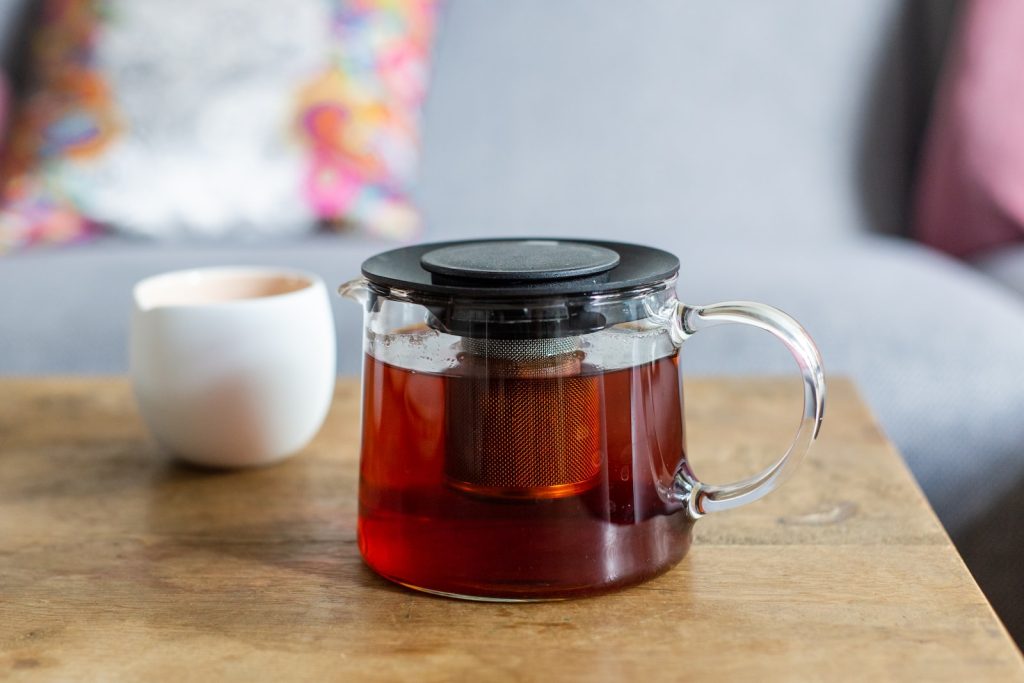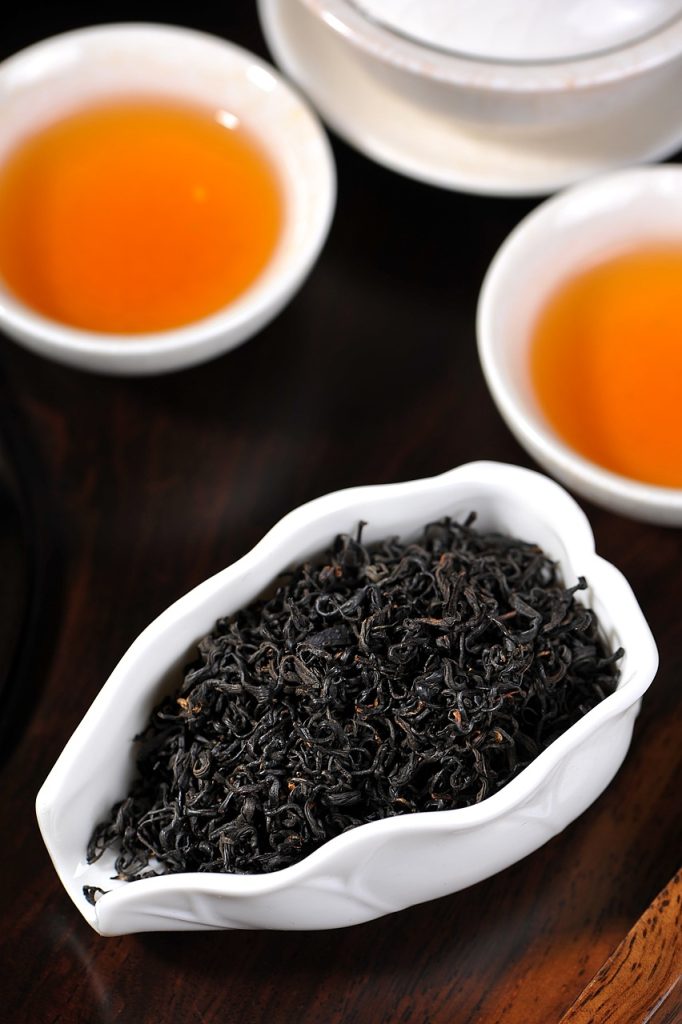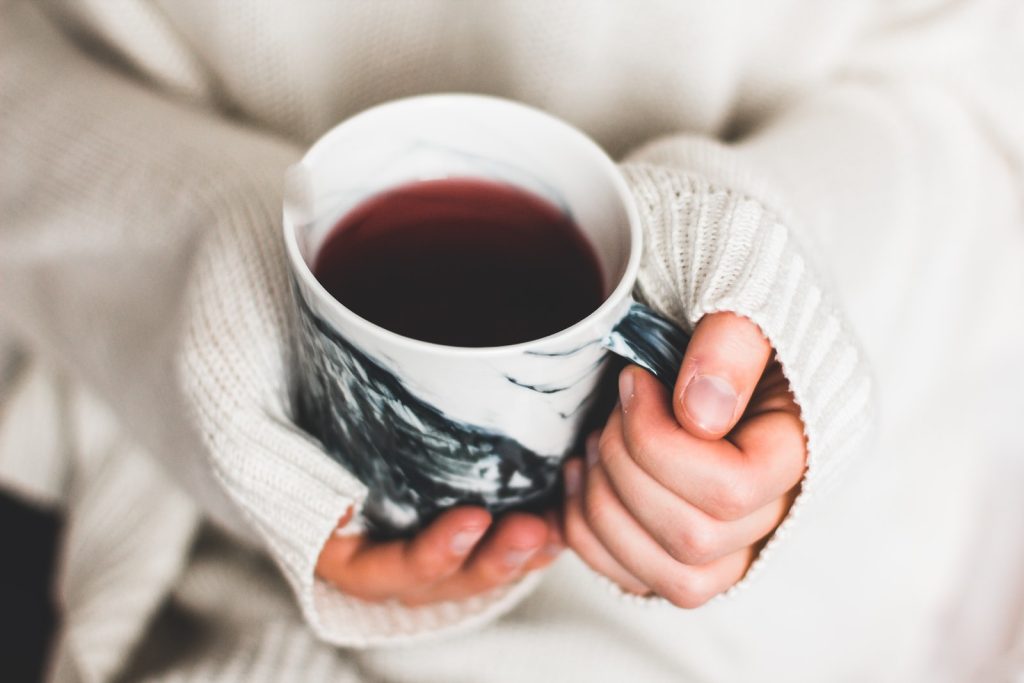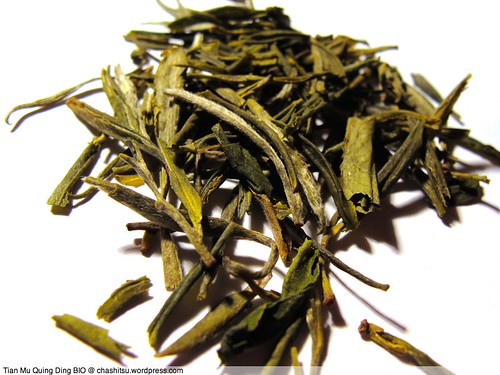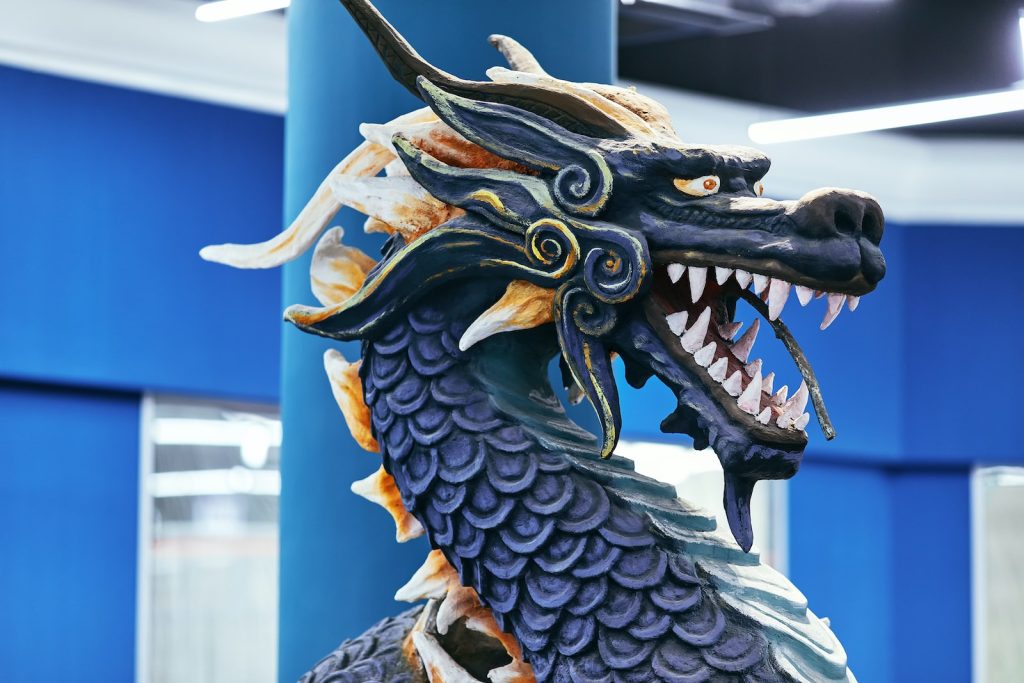Table of Contents
- The Importance of Altitude in Tea Cultivation
- Soil Composition: The Foundation of Quality Tea
- Climate: A Crucial Factor in Tea Plant Growth
- How Growing Conditions Influence Tea Flavor
- Understanding the Complexities of Tea Cultivation
- Frequently Asked Questions
- What are some common pests or diseases that tea plants are susceptible to?
- How do different processing methods affect the flavor and quality of tea?
- What is the typical yield for a tea plant, and how does it vary based on growing conditions?
- How long does it take for a tea plant to reach maturity and begin producing leaves?
- Are there any specific cultural practices or traditions associated with tea cultivation in different regions of the world?
- Conclusion
Looking to become an expert in tea cultivation? Well, you’ve come to the right place. In this article, we’ll explore the ideal growing conditions for tea plants and how they influence the flavor and quality of tea. From altitude to soil composition and climate, each factor plays a crucial role in determining the final product.
First up, altitude. Did you know that tea plants thrive at high altitudes? Yep, it’s true. Generally speaking, higher altitudes provide cooler temperatures which are optimal for slow growth and flavor development in the leaves. But don’t worry if you’re not living on a mountain – there are plenty of other factors that contribute to ideal growing conditions for tea plants.
So let’s dive deeper into the world of tea cultivation and learn how these elements come together to create a delicious cup of tea.
The Importance of Altitude in Tea Cultivation
When you’re seeking to create the perfect cup of tea, it’s essential to understand how altitude plays a crucial role in developing the unique taste and aroma that makes each blend so special.
The higher the altitude, the slower the tea plant grows, leading to smaller leaves and a more concentrated flavor profile. This is because high altitudes provide cooler temperatures, which cause tea plants to grow more slowly but also develop more complex flavors.
High altitude tea plantations are often found at elevations above 4,000 feet where there is little pollution or pests and an abundant supply of fresh water. These areas offer optimal growing conditions for tea plants as they experience cooler temperatures during the day and chilling cold nights.
Additionally, high-altitude regions provide ample sunlight exposure that helps in producing healthy green leaves with a rich flavor profile. Therefore, if you want to produce premium quality tea with exceptional taste and aroma, choosing high-altitude locations for your plantation could be an excellent choice.
Soil Composition: The Foundation of Quality Tea
The foundation of a truly exceptional cup lies in the soil’s makeup. Soil composition is a crucial factor that influences tea quality and flavor.
The ideal soil for tea cultivation should be well-draining, fertile, and have a balanced nutrient profile. Soil fertility is essential for optimal plant growth, which directly impacts the quality of the harvested tea leaves.
Nitrogen, phosphorus, and potassium are the primary macronutrients required by tea plants to thrive. However, an excess of any one nutrient can lead to imbalances and negatively affect tea quality. Thus, maintaining a nutrient balance is critical to produce high-quality teas with unique flavor profiles.
By understanding soil composition and balancing nutrients effectively, farmers can create a stable environment for their crops to flourish and produce exceptional teas year after year.
Climate: A Crucial Factor in Tea Plant Growth
As you continue to explore tea cultivation, you’ll discover that understanding the specific climate in which your crops are growing is crucial to achieving optimal plant growth and ensuring the unique flavor profiles that set your teas apart.
Two important factors to consider when it comes to climate are rainfall patterns and temperature variations.
Rainfall patterns play a critical role in tea cultivation as tea plants require a consistent supply of water throughout their growth cycle. In general, areas with high annual rainfall tend to produce teas with stronger flavors due to the increased nutrient availability in the soil. However, excessive rainfall can also lead to mold and disease on tea plants, so finding the right balance is key.
Temperature variations are equally important as they affect photosynthesis rates and alter chemical compounds within the tea leaves. Generally speaking, cooler temperatures result in slower growth rates but more complex flavor profiles while warmer temperatures lead to quicker growth rates but less nuanced flavors.
By carefully monitoring both rainfall patterns and temperature variations, you can optimize your growing conditions for producing premium quality teas.
How Growing Conditions Influence Tea Flavor
You want to achieve the perfect flavor profile for your unique teas, and understanding how your crops are influenced by their environment is essential. Growing conditions such as altitude, soil composition, and climate all play a part in shaping the taste of tea.
Different tea varietals may thrive better in certain environments, resulting in unique flavors and aromas. For example, high-altitude regions tend to produce teas with a more delicate flavor due to slower growth rates and cooler temperatures.
Processing methods also contribute significantly to the final taste of tea. Even if grown under similar conditions, two different teas can have vastly different profiles depending on how they are processed after being harvested. Factors such as oxidation level, drying method, and rolling style all impact the final flavor and aroma of tea.
Therefore, it’s crucial to consider both growing conditions and processing methods when aiming for a specific taste profile in tea production. With careful attention paid to these factors, you can create teas that not only meet but exceed your customers’ expectations.
Understanding the Complexities of Tea Cultivation
Understanding the complexities of growing and processing your tea crops is essential to crafting a unique and exceptional product that will set you apart from competitors. Tea cultivation is not an easy task. It requires a lot of patience, hard work, and attention to detail.
The challenges of tea cultivation vary depending on the region, but some common ones include altitude, soil composition, climate, pests, and diseases.
To cultivate high-quality tea plants, it’s important to consider sustainability practices. This includes using organic methods for pest control rather than harmful pesticides that can impact the flavor and safety of your tea leaves. Additionally, maintaining healthy soil through composting and other natural fertilizers helps keep the ecosystem in balance while producing better quality teas at the same time.
Another sustainable method is utilizing water conservation techniques such as drip irrigation or rainwater harvesting which reduces water usage while still providing adequate hydration for your plants.
By understanding these complexities of tea cultivation and implementing sustainable practices in your farm, you can produce exceptional teas that stand out in taste and quality among others in the market.
Frequently Asked Questions
What are some common pests or diseases that tea plants are susceptible to?
If you’re growing tea plants, it’s important to be aware of the potential pests and diseases that could harm your crops. Integrated pest management is a great way to keep your plants healthy without relying on harmful chemicals. By using organic farming practices, you can create an environment that discourages the growth of harmful organisms while still allowing beneficial ones to thrive.
Some common pests that tea plants are susceptible to include aphids, mites, and leafhoppers. Diseases like black rot and blister blight can also pose a threat to your crops. Regular monitoring and prompt treatment can help prevent these issues from becoming serious problems for your tea plantation.
How do different processing methods affect the flavor and quality of tea?
When it comes to the flavor and quality of tea, processing methods play a significant role. The level of oxidation is one such factor that determines the final taste and aroma of tea.
Different types of teas require varying levels of oxidation, which can range from minimal (white teas) to complete (black teas). Fermentation effects also come into play during processing, influencing the overall flavor and strength of the tea.
For instance, Pu-erh tea undergoes post-fermentation, which gives it a distinct earthy flavor. On the other hand, green teas are not oxidized or fermented at all, resulting in their characteristic fresh and grassy taste.
In conclusion, understanding how different processing methods affect tea is crucial in determining what type of tea best suits your palate.
What is the typical yield for a tea plant, and how does it vary based on growing conditions?
To understand the typical yield for a tea plant, various factors affecting tea yield must be considered. Pruning techniques play a vital role in increasing the yield of tea plants as it encourages new growth and enhances light penetration.
Additionally, proper fertilizer application can improve soil health, which in turn promotes higher yields. The ideal fertilizer composition varies based on the type of soil and climate of the area where tea is being cultivated. However, it’s important to note that over-fertilization can lead to reduced quality and taste of the final product.
Therefore, proper pruning techniques and fertilizer management are key factors in maximizing tea yield without compromising its quality.
How long does it take for a tea plant to reach maturity and begin producing leaves?
Tea plants take a few years to mature and start producing leaves that can be harvested. The timeframe for harvesting depends on the type of tea being grown and the desired flavor profile.
For example, black tea is typically harvested when the leaves are fully matured, while green tea is often picked while still young and tender. Tea plants go through different growth stages, including germination, vegetative growth, flowering, and fruiting.
Proper pruning techniques at each stage help promote healthy growth and higher yields. It’s important to note that growing conditions such as altitude, soil composition, and climate can significantly impact a plant’s growth rate and overall quality of the harvested leaves.
Are there any specific cultural practices or traditions associated with tea cultivation in different regions of the world?
When it comes to tea cultivation, cultural customs and regional variations play a significant role in shaping the industry.
In China, where tea originated, there are numerous traditions associated with tea cultivation and consumption, including the art of tea ceremony and the importance of using high-quality water when brewing.
In Japan, matcha tea is often grown under shade cloth to enhance its flavor profile, while in India, Darjeeling teas are harvested during specific times of the year to produce unique flavors.
These cultural practices not only add depth and meaning to the world of tea but also influence the quality and taste of each cup.
Conclusion
Congratulations, now you’ve got a better understanding of the ideal growing conditions for tea plants and how these factors influence the flavor and quality of tea.
Tea cultivation is an intricate process that requires careful attention to detail. The altitude at which tea plants are grown, the soil composition, and the climate all play crucial roles in determining the final product.
When it comes to altitude, higher elevations produce teas with more complex flavors due to slower growth rates and cooler temperatures. Soil composition also plays a significant role in determining tea quality as mineral-rich soils lead to healthier plants and more robust flavors. Additionally, climate plays an essential part in tea plant growth as temperature fluctuations can affect production levels.
Overall, understanding the complexities of tea cultivation can help you appreciate the effort that goes into producing high-quality teas.
Now that you know about ideal growing conditions for tea plants including altitude, soil composition, and climate, you can use this knowledge to select your favorite teas based on their unique characteristics.
So go ahead and savor each sip knowing that it was carefully crafted under optimal growing conditions just for you!
